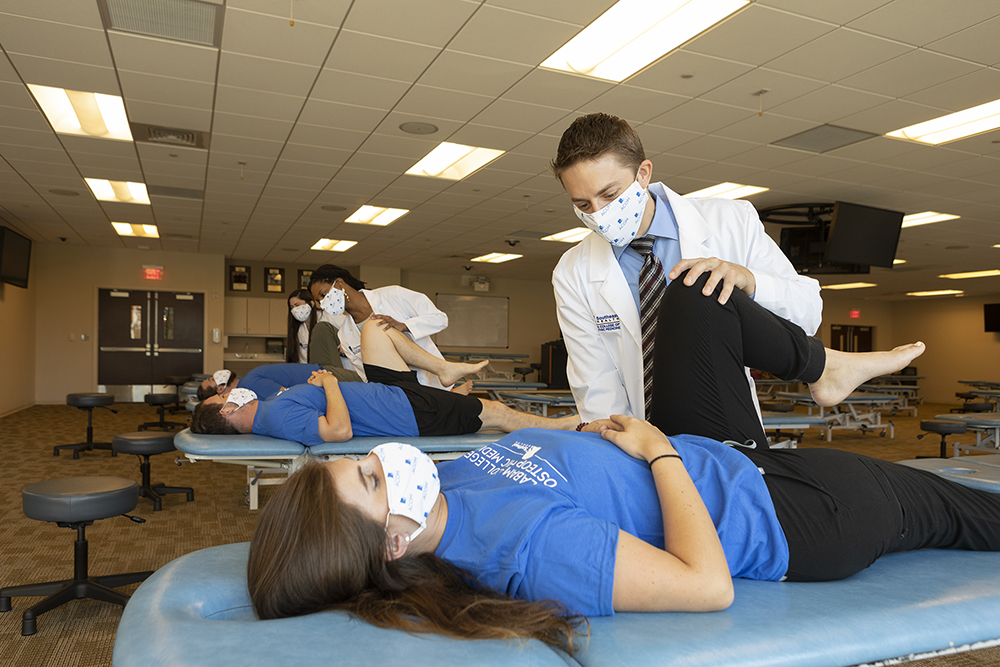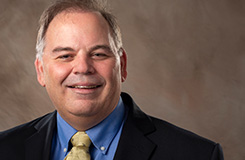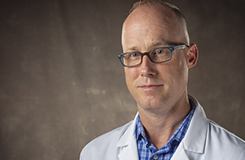The Osteopathic Difference
Two words that embody the principles and practice of osteopathic medicine, both figuratively and literally. The osteopathic physician brings a comprehensive understanding of health and illness where parts are seen in the bigger picture of the whole person.
Osteopathic Medicine is rooted in expanding scientific knowledge that embraces the concept of body-mind-spirit unity. Osteopathic principles and practice emphasize four tenets:
• The body is a unit; the person is a unit of body, mind and spirit.
• The body is capable of self-regulation, self-healing and health maintenance.
• Structure and function are reciprocally interrelated.
• Rational treatment is based upon an understanding of the basic principles of body unity, self-regulation and the interrelationship of structure and function.

Osteopathic physicians use their hands as medical instruments, performing Osteopathic Manipulative Treatment (OMT) on the whole body not only to relieve pain but also to test for healthy mobility, improve pre- and post-operative issues, and complement the treatment of many diseases, such as GERD and asthma. OMT seeks to improve nerve function, promote blood flow, increase diminished immune function and maximize range of motion in all joints.
Osteopathic physicians combine these unique techniques with sophisticated medical technology to give patients the most comprehensive care available. By using their hands to complement the physical exam, osteopathic physicians forge a deeper relationship with their patients, one built on trust and communication through detailed clinical assessment.
Osteopathic Principles & Practices Leadership

Thomas Fotopoulos, DO
Chair of Osteopathic Principles & Practice

Jeffery Johns, DO
Assistant Professor of Family Medicine & Osteopathic Principles & Practice
